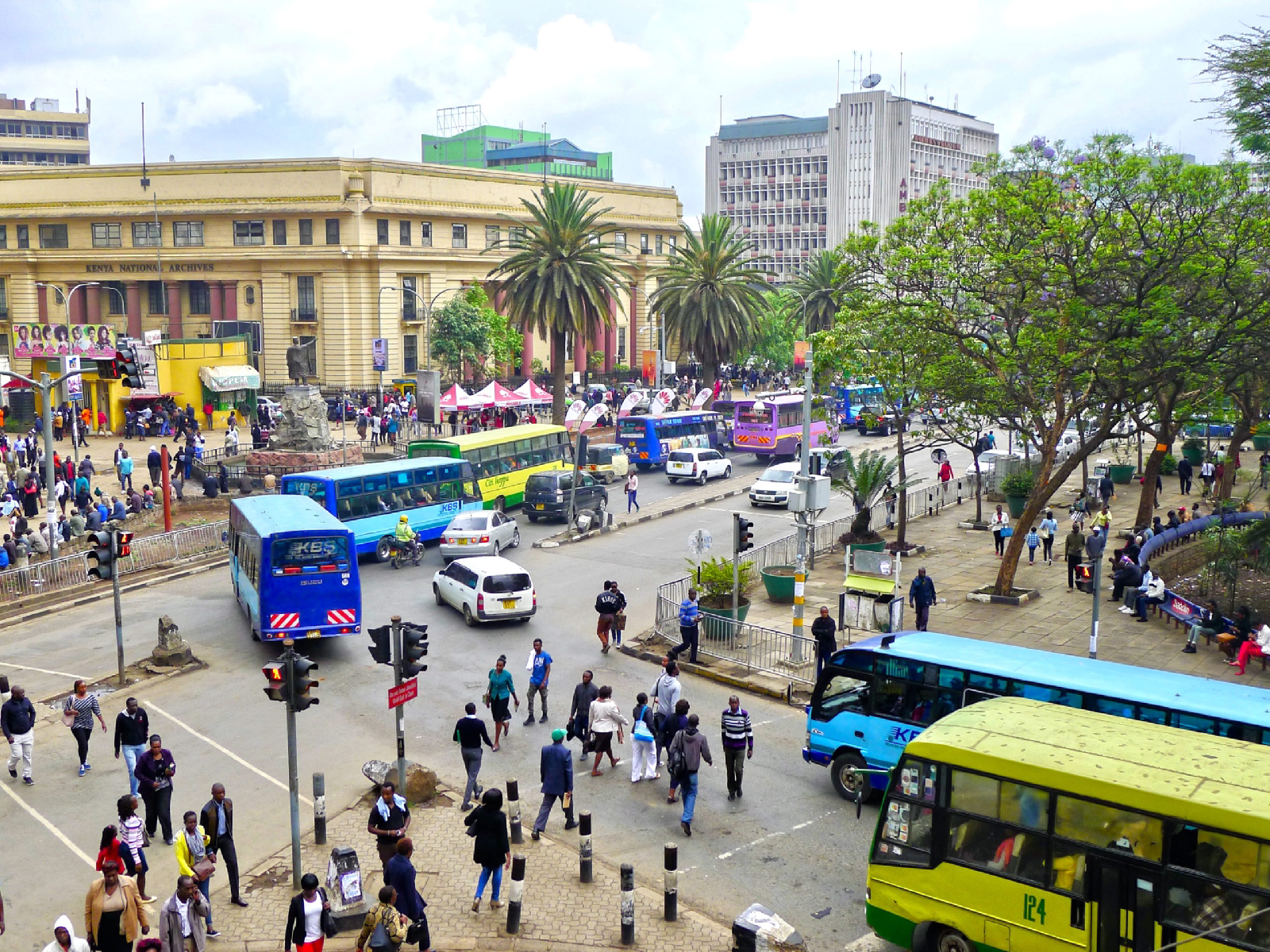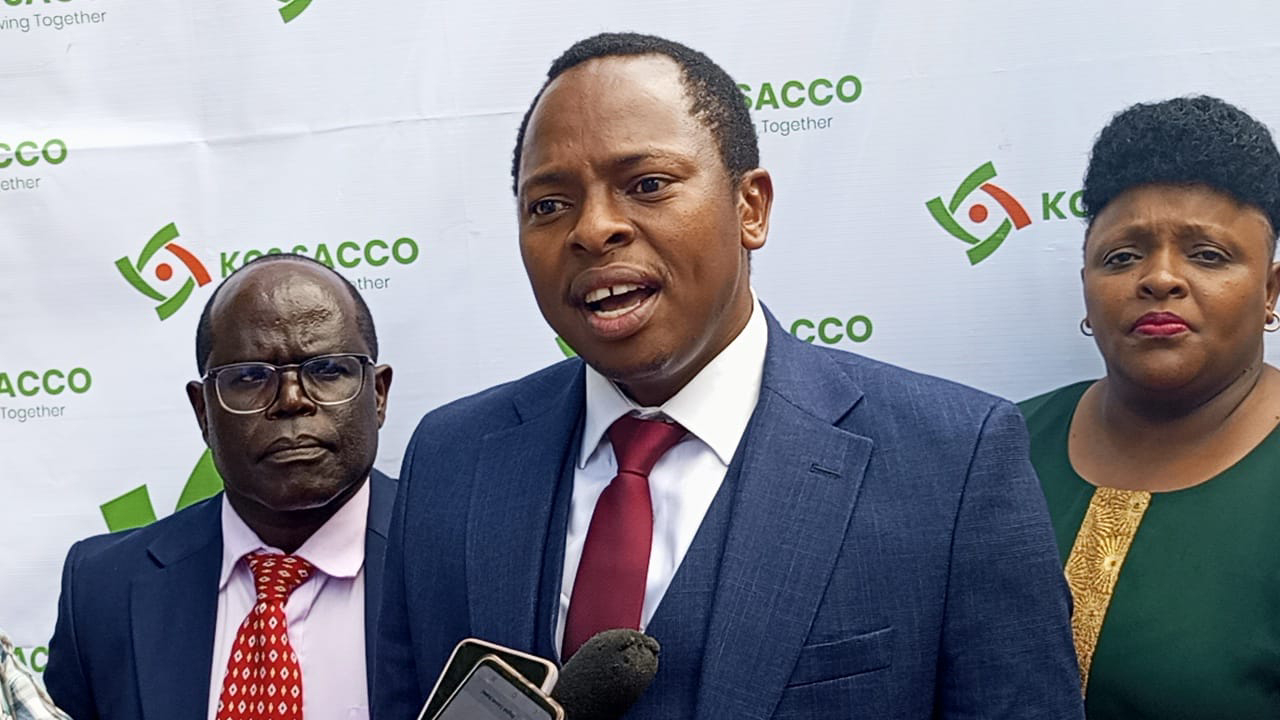Nairobi's Lifeblood: Regenerating the Rivger, Restoring Hope
By Judith Mwai
The CEO of The Kenya Alliance of Resident Associations (KARA), Mr Henry discusses the Nairobi River Regeneration Project, highlighting its potential to restore the ecosystem and renew civic spirit. The project should prioritize community voices, inclusivity, and transparency, drawing lessons from global success stories like Seoul's Cheonggyecheon Stream revival and Singapore's Bishan-Ang Mo Kio River Park transformation.
Engagement for the Public consultations in various areas have revealed concerns about forced evictions, military interference, and opaque processes.
Nature-Based Solutions Innovative approaches like bioengineered riverbanks and beaver-managed floods can transform urban rivers.
Through democratic governance The project is a test of technical base capacity, and community leadership.
For the collective Movement:
The regeneration project should become a national movement, rooted in community voices and inspired by global success stories.such as,
Seoul's Cheonggyecheon Stream
a successful urban river restoration project that revitalized a neglected waterway.
Singapore's Bishan-Ang Mo Kio River Park . A transformation of a canal into a thriving park, showcasing the potential for urban renewal.
Denmark's Skjern River A restoration project that prioritized local empowerment and community participation.
Call for action
lnclusive decision-making ensure community voices are central to the project's design and implementation.for
transparency and communication foster open communication and throughout the regeneration process.
community-led empower local communities to take ownership of the project, rather than treating them as spectators.
By prioritizing community engagement, inclusivity, and transparency, the Nairobi River Regeneration Project can become a model for sustainable urban development and democratic governance.




Comments
Post a Comment